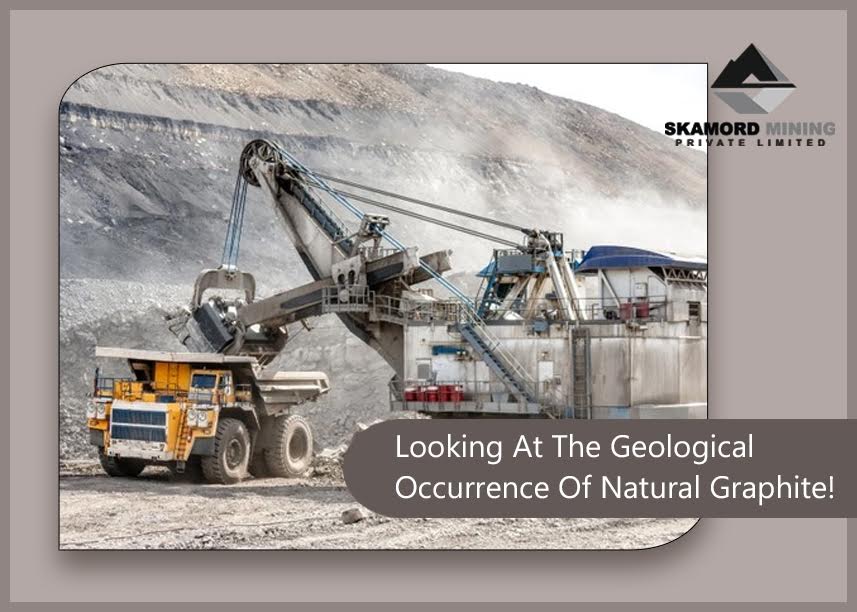The mining of natural graphite takes place in a variety of ways. And the most popular one is mining activities in an eco-friendly way. Know about the occurrence.
According to the largest graphite mining companies in India, graphite is a mineral of extremes. It is a native element mineral and you generally find it in igneous and metamorphic rocks.
Know About The Formation Of Natural Graphite:
- Graphite is a mineral that occurs when carbon gets intense heat and pressure in the crust of the Earth as well in the upper mantle. Pressures range between 75,000 pounds/square inch. Temperature ranges between 750°degrees Celsius for the production of graphite. These often correspond to the granulite metamorphic facies.
- Graphite formation also takes place due to regional metamorphism or flake graphite. Much of the graphite seen today on the Earth has been an outcome of convergent plate boundaries where organic-rich shales, as well as limestone, meet with heat and pressure of regional metamorphism. This produces schist, gneiss, and marble that possess tiny flakes and crystals of graphite.
- However, when you find graphite in high concentrations, one can mine big reserves of graphite minerals. Next, processes like crushing to a particle size that generates graphite flakes and processing by specific gravity separation take place. Froth flotation is the method for removing low-density graphite. This procedure often produces ‘flake graphite.’
- Additionally, graphite also originates from some carbon-rich deposits in the sedimentary rock, which may once have been a pet, coal, and even oil. One also finds the formation in igneous rocks which means companies mine it from deep in the crust and do not have an organic origin.
Diamond And Graphite:
- Diamond and graphite are the two minerals that form from carbon. It occurs in the mantle under extreme pressure and heat.
- Whereas, huge graphites are present in the Earth’s surface within the crust at relatively lower pressures and temperatures. Although, both the minerals share the same composition, their structures are very different.
- One generally notices a hexagonal network of carbon atoms in graphite that forms one atom thick sheet. Moreover, there are poor connections in these sheets and they may easily slide over each other even at a small force.
- However, the carbon atoms in diamonds are into a framework structure. Each carbon atom has a three-dimensional network link which creates strong covalent bonds. The hardness of a diamond is largely due to this firmness.
Conclusion:
Graphite has a vast list of industrial applications. Hence, if you are also in search of big reserves of graphite minerals for your firm, then get in touch with Skamord Mining. The largest graphite mining company in India ensures an ecologically viable extraction process and delivers quality graphite to industries worldwide. So, contact them today.
